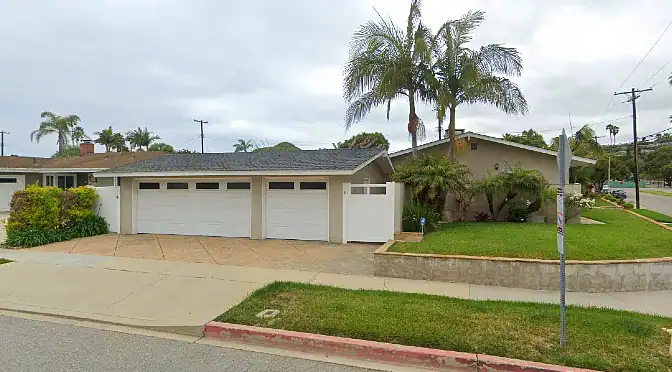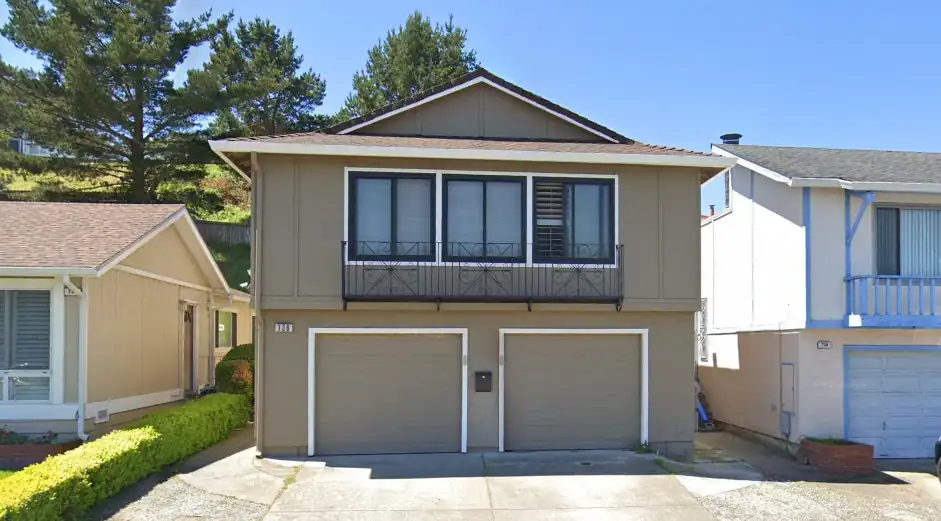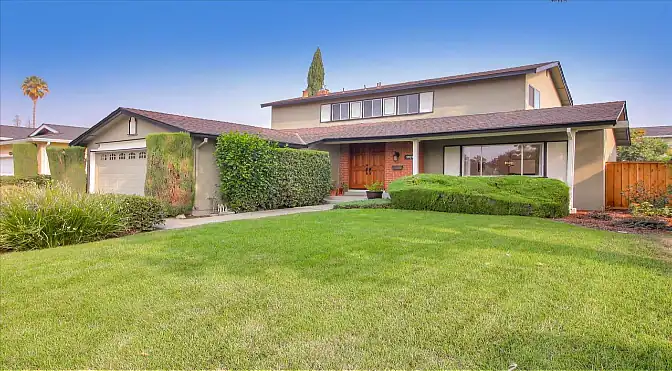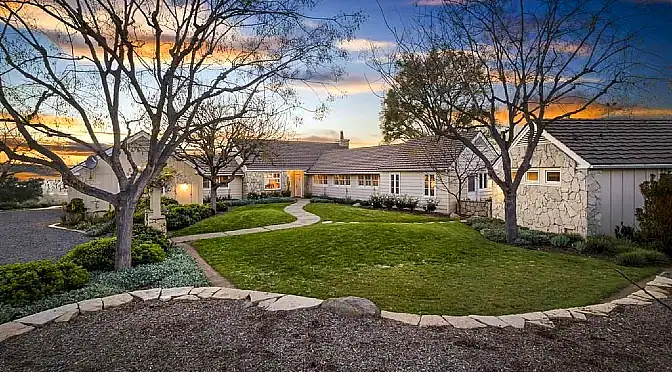Subprime Mortgages & Loans – Subprime Lenders for California
North Coast Financial offers subprime mortgages and is one of the top direct hard money lenders in California. Offering quick approval and funding, competitive rates and professional service, North Coast Financial has proven to be a reliable hard money lender for over 40 years. Contact North Coast Financial now and get your hard money loan funded fast.
North Coast Financial is only able to offer subprime mortgages for primary residences in California.

Why Choose North Coast Financial?
Subprime Mortgages for Owner Occupied and Investment Property
Subprime Mortgages and Loans
Subprime mortgages are a type of loan for borrowers with less than perfect credit and/or issues on their record such as recent short sales, foreclosures, bankruptcies or loan modifications. The lower credit scores and issues prevent these borrowers from qualifying for prime mortgages based on Fannie Mae and Freddie Mac underwriting guidelines.
While there is no official definition, subprime mortgages are generally thought of as mortgages for borrowers who have FICO scores under 640. Conventional bank loans have very strict criteria that prevents borrowers with poor credit and other issues from obtaining a mortgage. When a borrower’s request for a mortgage has been denied by bank, a subprime lender may still be able to provide a subprime loan.
Subprime Owner Occupied Loans
Subprime loans can be obtained for investment properties or for owner occupied properties. Because of recent government regulations (Dodd-Frank) subprime lenders are required to verify the borrower’s income to ensure the borrower can meet a debt to income ratio for all owner occupied loans. There is no legal way to get around this federal requirement. Income verification can be accomplished by supplying W2s, paystubs or 1040’s. In some cases personal bank statements or business bank statements can also serve as income verification for a subprime mortgage. Owner occupied loans also take much longer to fund since the same government regulations require multiple mandatory rescission periods in which the borrower is given time to decide if they still wish to proceed with the loan.
There are no prepayment penalties for subprime mortgages on owner occupied properties, though they may exist for subprime mortgages on investment properties.
Subprime Loans for Investment Properties
Subprime mortgage lenders are not required to verify income for investment properties. Funding for subprime loans on investment properties can close much faster since they do not require the same mandatory rescission periods as owner occupied loans.
Subprime Rates
Subprime rates are always higher than conventional mortgage rates. Subprime rates will often vary based on the specific credit score and specific recent problems a borrower has had (loan modification, bankruptcy, foreclosures, short sales, etc.). The reason for the higher interest rates on subprime loans is the perceived increased risk of lending to the borrower with a lower credit rating.
Refinancing Subprime Mortgages
A subprime mortgage should be seen as a temporary tool to assist a borrower in purchasing a property until they are able to repair their credit and qualify for a conventional home loan. Refinancing the subprime mortgage into a conventional loan should be the goal of every subprime borrower. A plan should be put into place to pay off as much debt as possible, ensure all debt payments are made on time and make sensible spending choices that will eventually increase the borrower’s credit to a high enough level to qualify for a conventional loan.
Refinancing into a conventional loan will save the borrower a significant amount of money by reducing their monthly payments. The interest rate on a conventional loan will be substantially lower than the subprime mortgage rate.
Subprime Loans also known as…
Subprime loans can also be known as near prime, second-chance lending, non prime loans or non prime mortgages.
Subprime Mortgage Crisis of 2008
In the years following up to the Subprime mortgages crisis of 2008, banks began extending subprime loans to many borrowers who previously could not qualify for a conventional mortgage. At the time borrowers were not required to verify their income or even have a significant down payment in order to purchase a property. These subprime mortgages were commonly referred to as NINJA loans (no income, no job, no assets).
Many of these subprime loans had adjustable rates, which initially gave the borrower a lower interest and lower monthly mortgage payment. Once these subprime mortgages began adjusting to higher interest rates, many borrowers found themselves unable to make the increased monthly payments. This led to many subprime borrowers missing payments and ultimately defaulting on their loans. When a large amount of subprime borrowers began defaulting on their loans, these foreclosed properties flooded the real estate market, popped the inflated housing bubble and helped start the Great Recession.
Dodd-Frank Wall Street Reform and Consumer Protection Act
The Dodd-Frank Wall Street Reform and Consumer Protection Act (known as Dodd-Frank) was signed into law on July 21, 2010. One of the main regulations of Dodd-Frank that affects home buyers is the new requirement for lenders to verify a borrower’s income and other debt obligations and ensure that the borrower will stay beneath a certain debt to income ratio. The new proposed monthly loan obligations (mortgage payment, insurance, taxes, etc.) must be factored into this ratio. This is required on all loans for owner occupied properties for both conventional mortgages and subprime mortgages.
North Coast Financial Subprime Mortgage Programs
| Loan Application Approval Timeline | Same day approval available |
| Time to Fund Loan | As few as 3-5 days if needed, longer timeline for owner occupied |
| Property Types | Single family, multi-family |
| Loan Amounts | $30,000 – $3 Million+ |
| Loan Terms | 1 to 5 year terms available |
| Lien Position | 1st |
| Loan to Value (LTV) | Up to 70-75% of current value of property |
| Fees | No hidden junk fees. Appraisal fees may be necessary |
| Subprime Interest Rates and Points | Please contact us for information on current rates and points |





